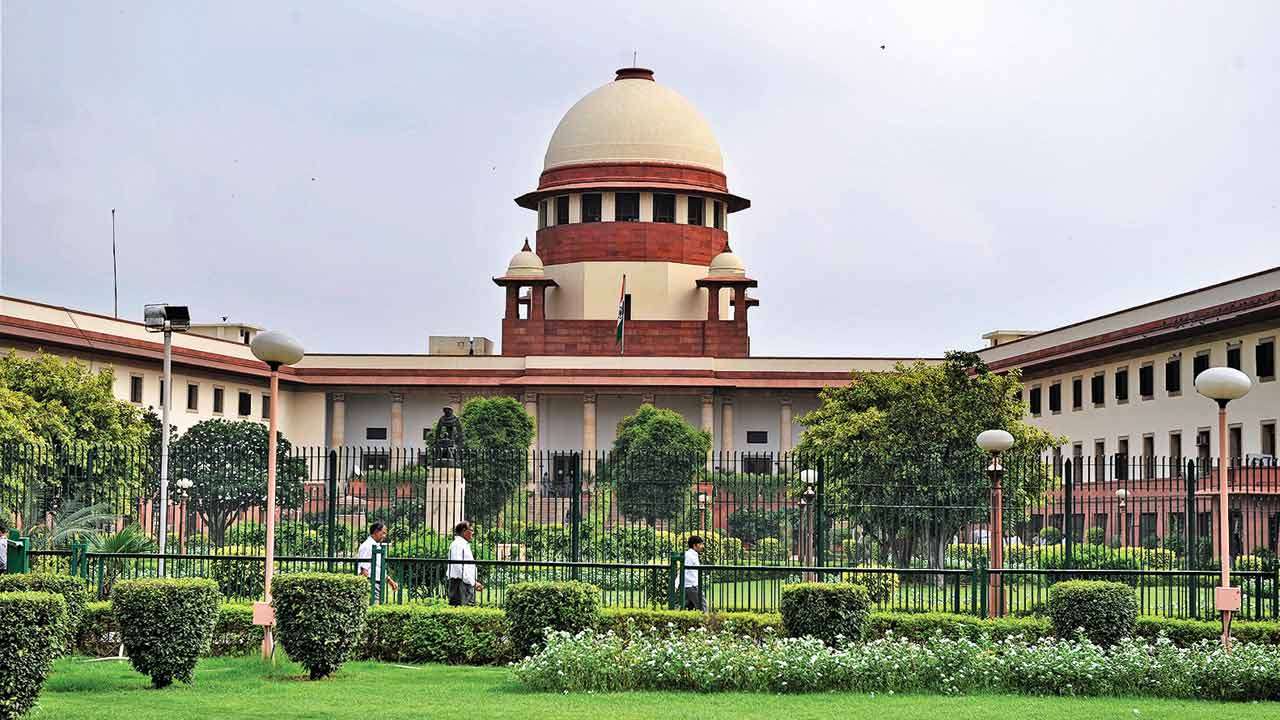

Prescriptions, Generic Names, Legibility and Resistance By Doctors
image courtesy: drugsdiscovery.comBy Sunil Garodia
First publised on 2016-10-20 20:06:00
Doctors, individually and some of their professional associations, have always resisted attempts to introduce best practices in writing prescriptions. Backed by the strong drugs manufacturers lobby, doctors have steadfastly refused to follow international norms of writing prescriptions of medicines by their generic chemical names. They have always supplemented their incomes by loyally prescribing drugs of particular companies. The companies reward them through various means that include cash, vehicles, consumer durables, laptops, high-end mobile phones, local and foreign vacations and trips to medical jamborees. For the patient, this results in higher spending on medicines as most brands that indulge in bribing the doctors to prescribe their products end up charging the same to the patient. Their drugs are much costlier than the competition, but since doctors prescribe them, the layman patient has no option but to buy the same.
The Medical Council of India (MCI) has recently decreed that doctors should prescribe medicines by their generic chemical names and write prescriptions in capital letters to make them legible. But doctors have not started doing the same, taking the plea that since the word used is should, it is just an advisory and not a legally binding directive. Vinod Monga, the dean of Indian Medical Association (IMA)s College of General Practitioners is quoted as saying that there is a difference between should and shall should implies this is only the MCIs expectation, an advisory. This must rank as the mother of all excuses. Doctors must see beyond words and look at the intention behind the reform. But since it is going to pinch their pocket, they are trying to create confusion. But they do not know that since the glare is now on them, they will have to write prescriptions that way, sooner rather than later. The MCI must immediately issue a fresh directive and drop should to replace it with must, leaving nothing to imagination.
Many doctors expressed concern about leaving the decision in the pharmacists hands as to which medicine to supply. This is not a valid concern. Pharmacies have registered pharmacists on their rolls and they are well qualified to dispense both single and combination drugs as per prescription, even if generic names are written. The drug administrator will now have to strictly monitor that pharmacies actually employ pharmacists rather than just show them on record and run the dispensaries on their own. The other concern that doctors do not see all brands as perfectly equal to each other is something that they have to take up with the government. If combination drugs are prescribed, a standard dosage has to be maintained. For instance, when an omeprazole/domperidone combination is prescribed, there are some brands that have 40 mg omeprazole with 5 mg domperidone, while others have 10mg domperidone. The pricing is also different. The government will have to consult with doctors and make a standard where either 5mg or 10 mg domperidone is allowed to be used. Then, many drugs now come in variations like sustained release, extended release, controlled release and others. These issues also need to be ironed out. Along with doctors prescribing generic names of drugs, the government needs to establish industry standards to avoid confusion in the minds of doctors, pharmacists and patients.
Lastly, there is also a need to educate the pharmacy owners and the end-users. Many times patients do not understand why they are being given a medicine different from what was prescribed by the doctor. They get into fights with the dispensing chemists for giving them wrong medicine. They refuse to understand that it is the same medicine of a different brand. Patients sometimes spend anxious hours, prescriptions in hand, hunting for the exact brand in various pharmacies. If generic names are prescribed, the frequency of these fights will increase and they might even become uglier. In fact, some pharmacy owners had attacked junior doctors of government hospitals in Kalyani in Bengal a few months ago over their practice of writing generic names of drugs. As most government hospitals in Bengal have fair price shops that sell low cost generic drugs, the pharmacy owners were agitated as they were losing business. Hence, a sustained campaign to educate the patient that the brand does not matter as long as the chemical name is correct needs to be undertaken preferably at hospitals, medical stores, through doctors and NGOs and by a campaign in the media. The patient must realize that it is for their own good and that their medical bills will come down. Only then will the system work. Otherwise, doctors will write generic names but will tell the patient verbally to buy a particular brand. Similarly, medical representatives will start offering higher commissions to pharmacies to sell their brands of a particular generic name. From doctors, the corruption will shift to pharmacies. That will negate the very basis of the reform. It will succeed only when the patient will ask the pharmacist to tell him the options and then select the brand according to his preferred pricing. The poor might opt for the low cost brand while the rich might go for the higher priced ones. Patient education to the shift from brand to generic names is a must if pharmacies are not to become the next hotbed of corrupt practices by drug companies and a lot of confusion is to be avoided.










